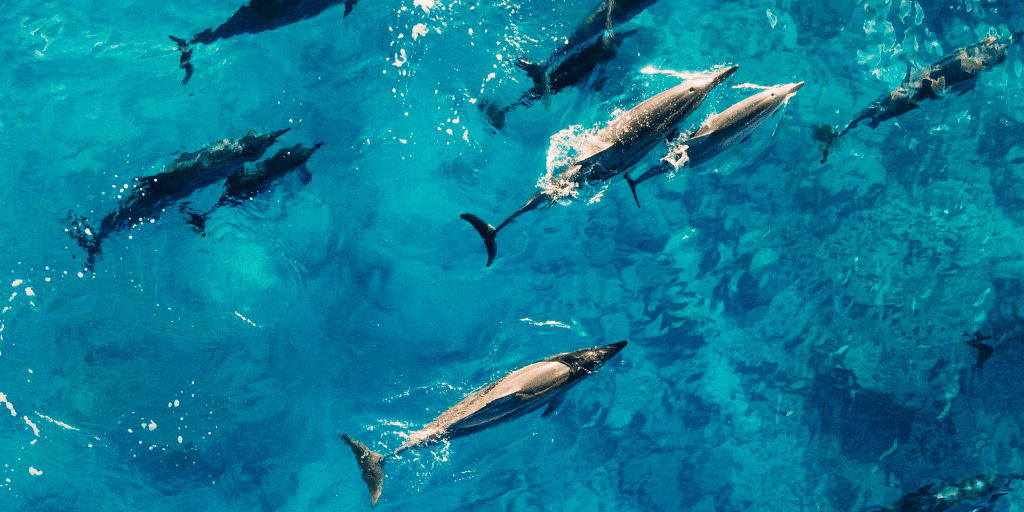.
Pile Driving
Pile driving, can carry significant environmental implications, including disturbance to marine life and degradation of habitats. IcListen smart digital hydrophones can be deployed to detect and capture the sound generated by these impact events. This allows for precise measurement of sound levels and detailed characterization of noise propagation underwater. Through real-time analysis of processed data, immediate assessments of the potential impacts of impact noise on marine ecosystems can be conducted.
These insights inform the timely implementation of mitigation measures aimed at minimizing disturbances and protecting species. Furthermore, hydrophone-based impact noise monitoring supports regulatory compliance and contributes to the sustainable development practices in marine construction, industrial operations, and maritime transportation.
Why choose the icListen for Pile Driving?
- They are compatible with DFO regulations, BOEM.
- They don’t require acoustic expertise. The icListen hydrophone is simple and easy to use. No extensive technical expertise required to deploy, making it easy for any team member to operate and use.
- They are small and compact. The icListen hydrophone is designed to be small and light, making it easy to transport and handle. This compact design reduces the logistical challenges typically associated with deploying underwater acoustic equipment.
- They are able to generate a report. The automatic report features of the icListen hydrophone enhance its functionality and usability, making it a powerful tool for marine researchers and professionals who need efficient, accurate, and timely acoustic data analysis and reporting.

